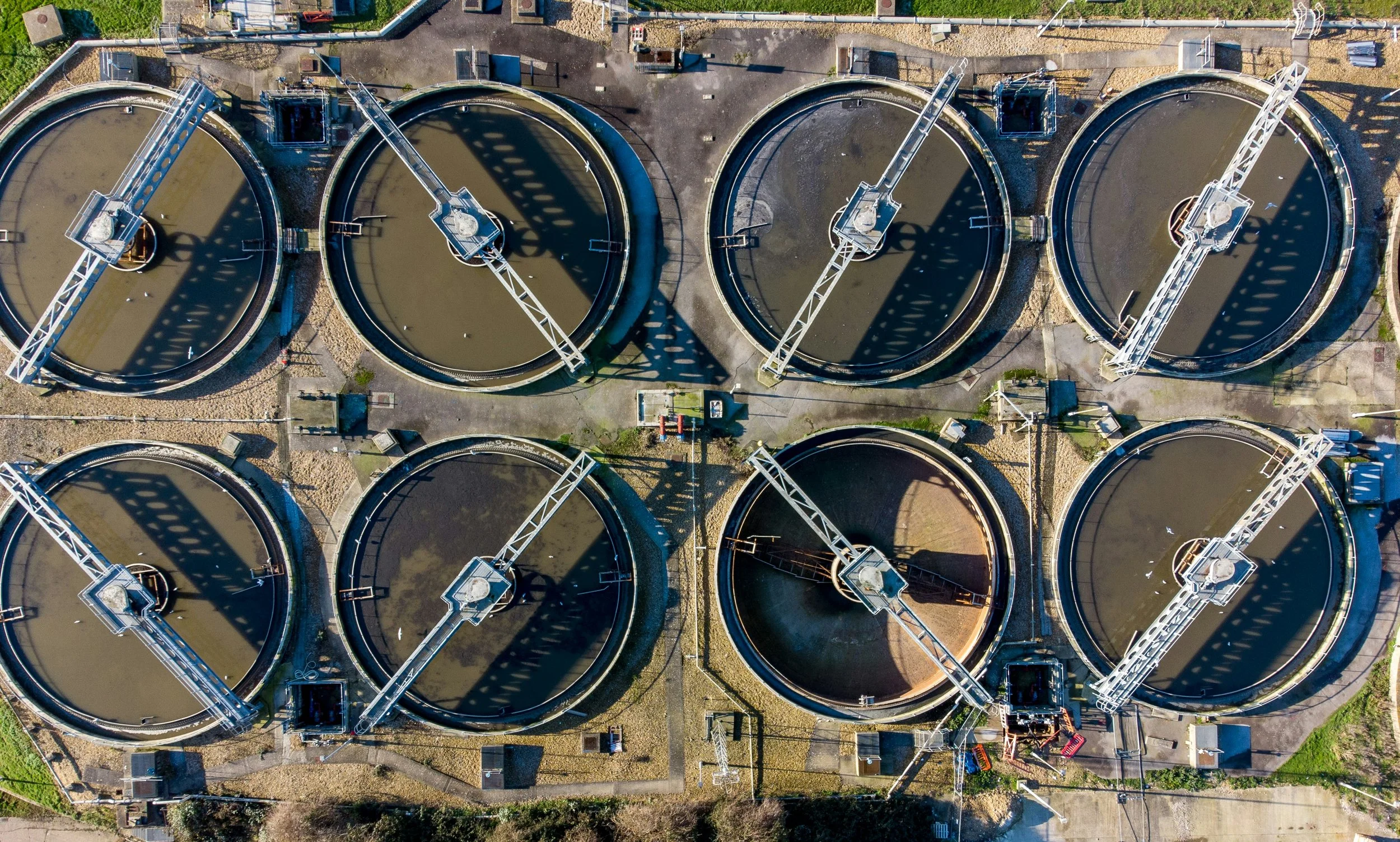
The Escalating Cost of Water Management
photo by Bob Brewerphoto by Amritanshu Sikdarphoto by DocumericaThe Escalating Cost of Water Management
July 24, 2025 | by Erin WebberThe next major shift in oilfield strategy won’t be driven by new drilling techniques or pricing forecasts. It will be shaped by how we manage what comes back up with the oil. Amid this volatility, the oil and gas industry faces an inconvenient and unavoidable truth: water is not just a logistical nuisance; it's a rising operational cost center, a strategic risk, and a potentially transformative opportunity.
The cost of oil is becoming inextricably linked to the cost of water management. As disposal well capacity tightens, regulatory scrutiny increases due to induced seismicity, and reuse remains complex and expensive, operators are forced to reevaluate the economics of every barrel, water included.
Water management, once an afterthought, is now a central concern in oil and gas operations, particularly in unconventional plays like shale. The sheer volumes of salty and contaminated produced water, coupled with tightening regulations, public scrutiny, and aging infrastructure, have elevated its management to a boardroom-level issue.
Breakeven prices can rise by several dollars per barrel due to water handling, transport, treatment, and disposal. Even modest increases in water-related costs can significantly elevate breakeven thresholds, affecting capital deployment, project viability, and long-term strategy. The question is no longer how much oil can be extracted, but how responsibly and cost-effectively the accompanying water can be managed.
As of July 3, 2025, the West Texas Intermediate (WTI) crude oil spot price was $68.13 per barrel. Water is no longer peripheral; it’s central to cost structures and risk assessments.
Water management costs are primarily driven by three areas:
Transport: In 2018, the average cost for transporting and disposing of produced water in the Permian Basin was $5.11 per barrel of oil produced, rising to $9.44 per barrel in the Delaware sub-basin due to higher water cuts and remote well sites.
Disposal: Projections for 2025 suggest disposal costs could add up to $6 per barrel, potentially curbing oil supply growth by 400,000 barrels per day as uneconomical wells are scaled back.
Treatment: Produced water is highly variable, containing hydrocarbons, heavy metals, radioisotopes, and other solids. This complexity makes traditional membrane- and filter-based treatment inefficient and expensive, requiring frequent maintenance. Many operators favor cheaper, less sustainable options like deep well injection.
Water management is a growing midstream business, with operators increasingly relying on specialized water service providers for large-scale reuse and recycling, which requires treatment. Espiku’s non-fouling, membrane-free technology offers a sustainable, cost-effective water treatment solution. It eliminates consumable filtration, reducing maintenance and boosting uptime for variable water streams. This innovation allows onsite water reuse, cutting costs and regulatory exposure, and fostering circular water systems.
Regulatory uncertainty persists, with the EPA yet to finalize federal rules for safely reusing produced water. Environmental groups caution that without comprehensive monitoring and PFAS testing, reuse could pose unknown risks. Dan Mueller of the Environmental Defense Fund notes, “EPA has been very upfront by saying that there’s a lack of data on the technology and its ability to effectively and reliably treat this fluid.”
The era of water management as a secondary concern in oil production is over. It now ranks among the most pressing economic and environmental challenges in the industry. The global produced water treatment market was valued at US$8.56 billion in 2024 and is expected to reach US$14.58 billion by 2033.
But there’s a silver lining: produced water is not just waste. With the right technology and policy support, it can be cleaned and repurposed, reducing environmental impact, supporting local economies, and helping drought-prone regions manage scarce resources. Treated water could one day cool data centers, irrigate non-food crops, or serve industrial processes, if we can treat it reliably, affordably, and safely.
The future of oilfield economics may hinge as much on what we do with the water…as on what we do with the oil.



